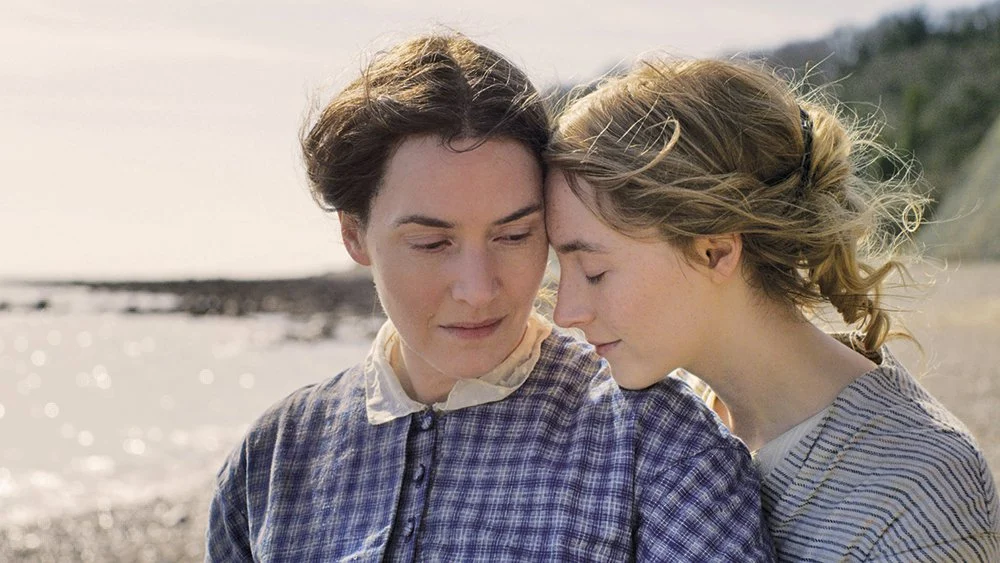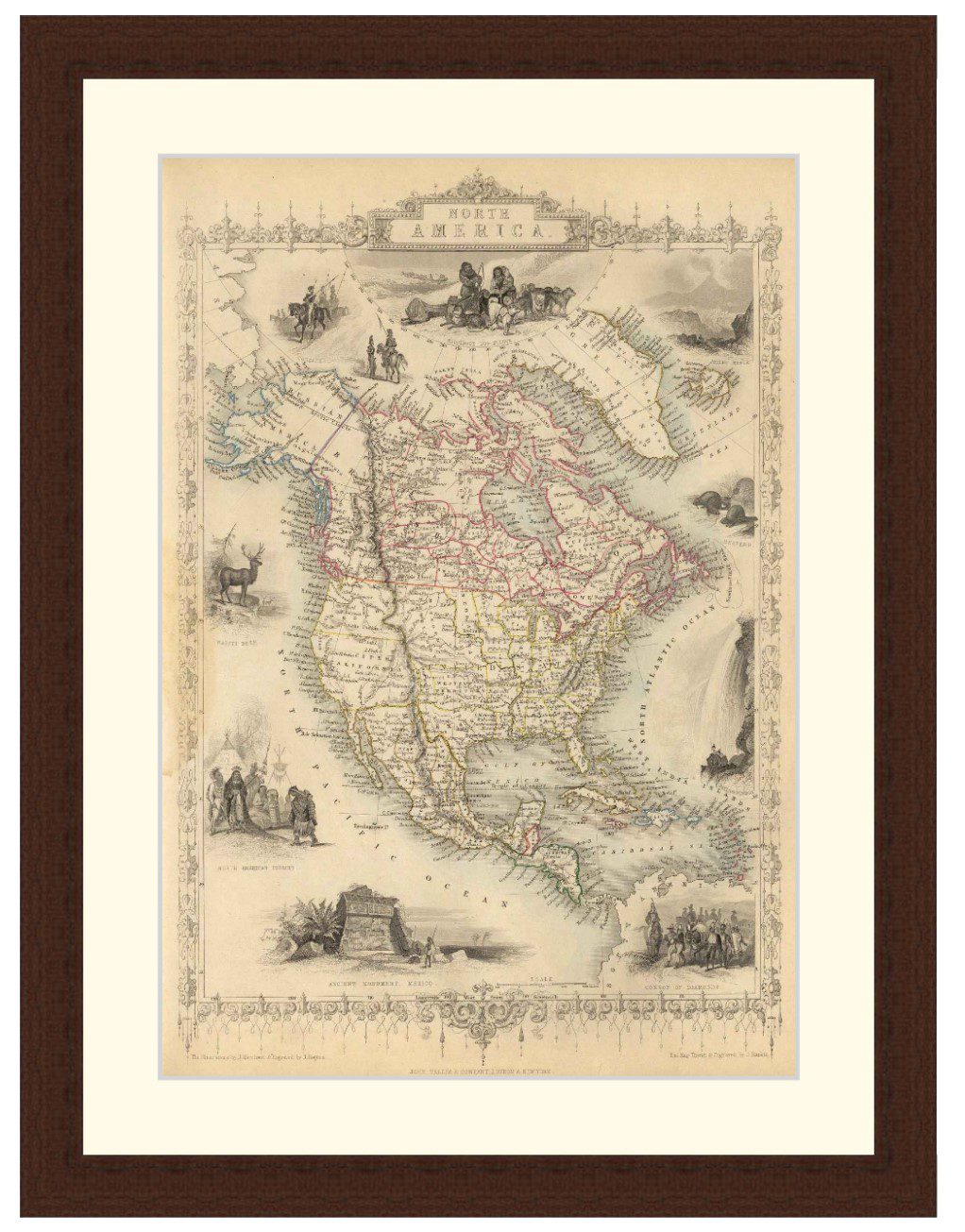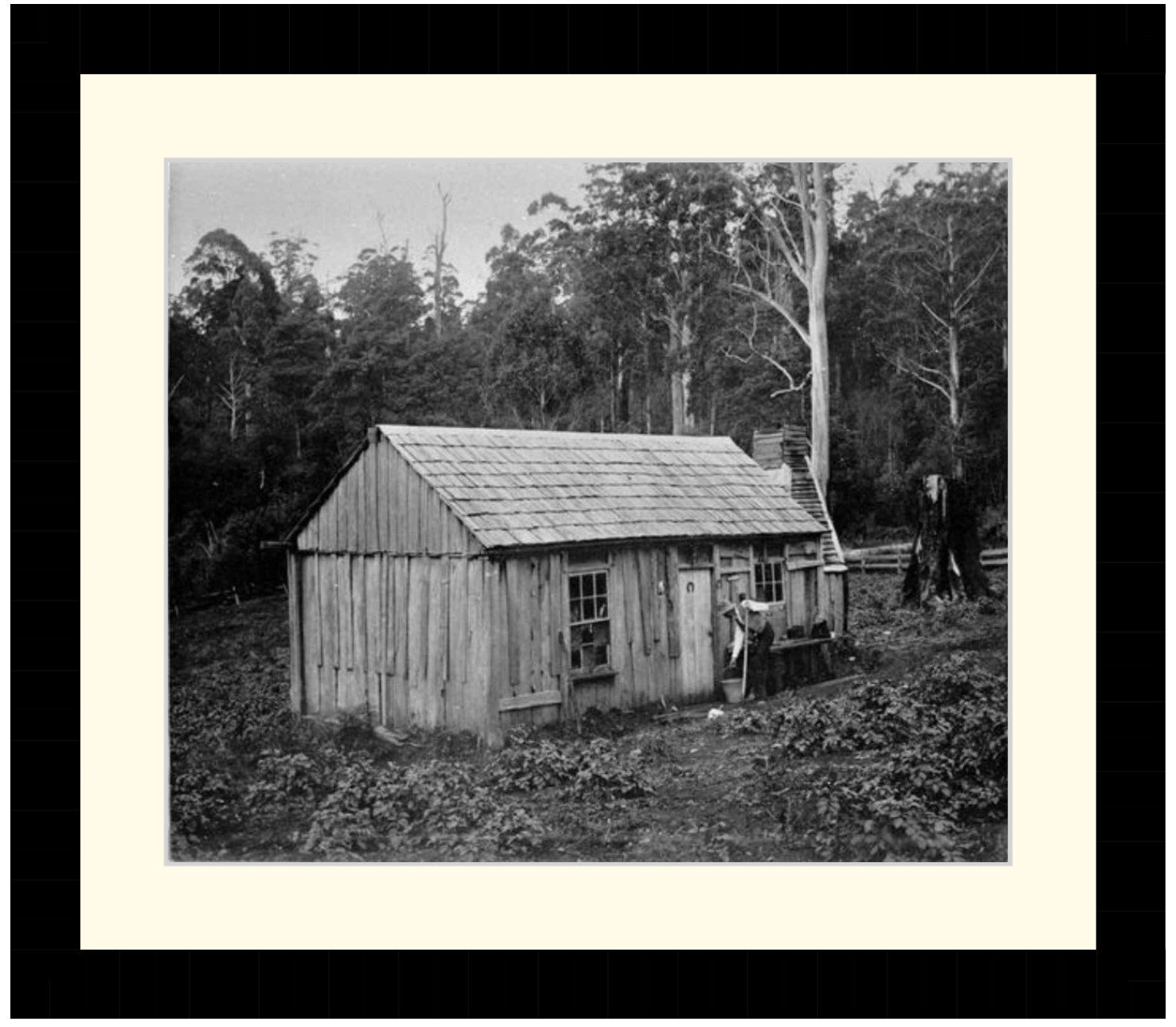Reading time: 9 minutes
Write yourself inside the pages of history when you visit the Brallos Pass region. The Battlefield of Brallos Pass is just a snapshot of the rich history throughout Central Greece. It was the site of a famous battle more than two thousand years before World War II, home to an Ancient Greek City, and has unique geological features dotting the mountainous landscape. Read about the Battle of Brallos Pass, part of the modern Battle of Thermopylae.
Take a day trip from Athens or spend a few days learning what makes this area so historic. It’s a journey off the beaten path to a place where you can discover some of Greece’s many tales.
This guide provides everything you need to know about visiting the Brallos Pass Region—things to do, places to eat, where to find local accommodation, and more.
By Bryan Shelmon
Getting Around the Brallos Pass Region
Travel to Central Greece to explore the sights and attractions near the Brallos Pass Region. Most international visitors arrive at Athens International Airport (ATH), the largest and primary airport hub in Greece. It takes approximately 2.5 hours to reach Brallos.
The best way to navigate the Brallos Pass region is by car. Since Brallos, Gravia, Thermopylae, Amfikleia, and other noteworthy villages are all in the same area, it’s a relatively short drive between them. Each location is within 50 kilometres, so you can easily do it all in one trip. Note that you drive on the right-hand side in Greece. Car rentals are available at the airport.
An alternative to driving is arriving via the Brallos Railway Station. It’s more than 120 years old and a piece of history in itself! Routes operate once or twice a day between Athens and Brallos and take 2.5 hours. Taxis and local intercity bus services are also available.
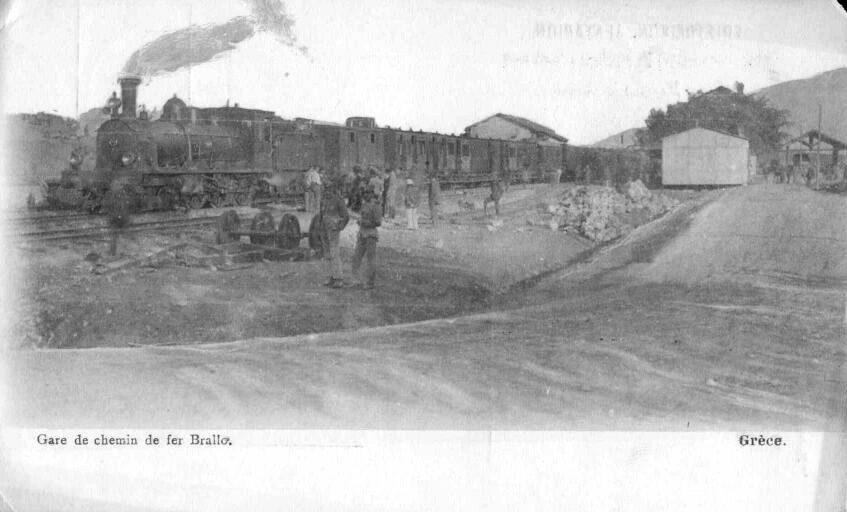
Best Time to Visit Brallos Pass Region
The Mediterranean climate in Central Greece makes it a choice destination to visit in any season. The warmer climates during the spring and summer are the best times for visiting historical sites, going on hikes, and doing other activities. When temperatures cool during the fall, it’s ideal weather for warming up in the thermal springs. The higher elevation of the mountains brings snow to the region, attracting snowboarders and skiers.
Things to Do
The Brallos Pass region has it all. History buffs have centuries of history to uncover. Intrepid travellers can fill their itinerary with outdoor treks to viewpoints and landscapes. Or make it your getaway to recharge in sacred waters once used by Ancient Greeks. You’ve heard the stories from the past. Now, it’s time to retrace the steps of history.
Dive into even more regional history
Tales in these Greek mountainscapes date back thousands of years before WWII. It’s witnessed everything from Greek Mythology and religion to legendary battles that continue inspiring modern-day culture. Travel through time to rediscover history that comes alive onsite.
The Anzacs weren’t the only ones in history to unearth the advantages of the mountains. In 480 BC, the Spartans leveraged the narrow Thermopylae Pass to battle the invading Persians. This epic Battle of Thermopylae inspired the blockbuster hit movie ‘300.’ Only 300 Spartans stood against hundreds of thousands of Persian soldiers. The bravery of the Spartans who all fought till the end is commemorated by the Leonidas Monument. This bronze statue overlooks an area of the pass where the battle occurred. Deposits from the Malian Gulf have reshaped the landscape to form a much wider pass than during the days of the Persian Empire. Follow the route of the Greek National Road 1 (E75) as it winds through the pass for an approximation of the original shoreline.
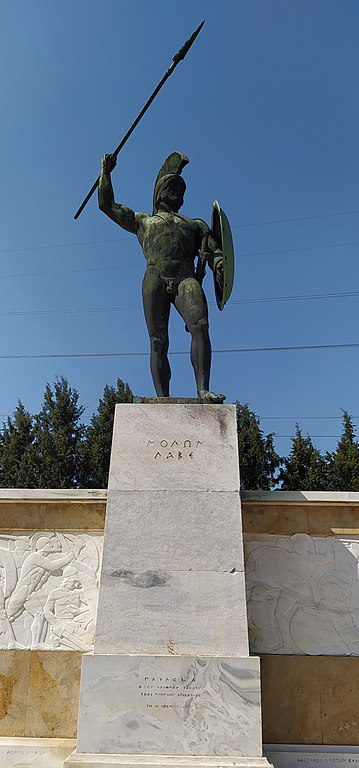
Did you know that the centre of the world was once thought to be just south of the Brallos Pass region? Uncover Ancient Greek mythology and religion during a day trip to the ancient city of Delphi, a UNESCO-designated archaeological site approximately 60 kilometres away. You’re instantly transported to the heart of Ancient Greece.

Delphi was home to the Delphic Oracle, a prominent symbol in Greek religion. It was a cultural and religious hub in Greece during the 8th century. Visit the ruins to see several landmarks still standing. See where the oracle gave prophecies at the scenic Temple of Apollo. Re-imagine plays acted on the stage of the Ancient Theatre. Discover forgotten riches at the Treasure of the Athenians. The Delphi Archaeological Museum holds two floors covered with excavated artifacts from Delphi.
Lamia Castle has a great mix of history and spectacular views of the region. First fortified in the 5th century BCE, its most recent iteration was built by the Franks and Ottomans. On a hill dominating the city of Lamia, it offers panoramic views of the valley of the Spercheios river, the peaks of mountains Oiti, Kallidromo, Orthys and Parnassus, and the Maliakos gulf.
Planning a visit to this battlefield?
Fill in the form below and a History Guild volunteer can provide you with advice and assistance to plan your trip.
Outdoor Adventures
The same reason why the Anzacs choose Brallos Pass for battle during times of war is why you’ll love visiting the region during times of peace. This mountainous terrain has plenty of peaks and valleys that call the adventurous. The same escarpments that the Anzacs used to observe the German advance are the same ridges giving you access to breathtaking views of the Pindus Mountain Range. Plains once used to set up artillery now grant friendly passage along hiking trails. Bring your comfortable shoes because this region has plenty of exciting outdoor adventures.
Trek the spine of Greece! The Pindus Mountains stretch through Central Greece with several well-trodden paths awaiting new footprints. The battlefield at Brallos Pass reached south to the villages of Gravia and Amfikleia. These charming mountain villages are surrounded by nature to explore from the ground to the sky.
Hiking to the Mount Parnassos summit is the most popular route near Gravia. It’s a challenging hike that requires a full day to cover the 23+ km route. You’ll agree it’s worth it once you reach the priceless panoramic views from 13,580 feet above sea level overlooking the Greek countryside. Explore off-the-beaten-path with mountain biking tours. Visit during the winter, and the snow-capped peaks make the Parnassos Ski Resort an ideal skiing destination—it’s the largest ski resort in Greece!
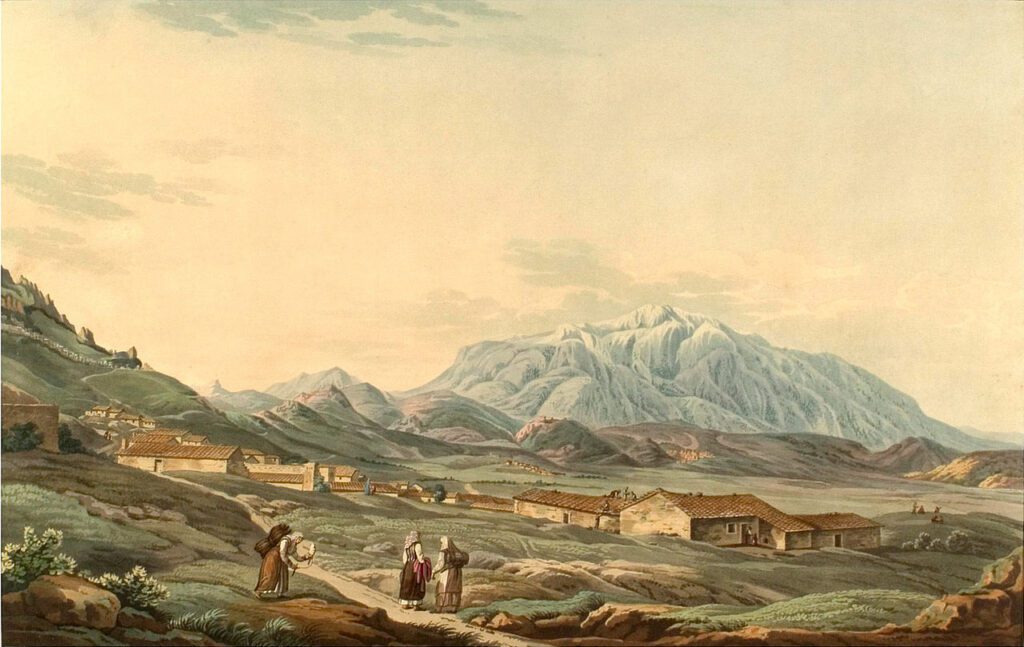
Gallop the mountain trails like those in the past with horse riding at Amfikaia Farm. What better way to experience Greece than with a traditional Greek Thessalian horse as your trusted steed? If you’re feeling daring, take to the skies for paragliding fun.
Relax and rejuvenate in thermal hot springs
Some days, you want to sit back, relax, and reflect on the profound history of Brallos Pass. Retire from the adventure and seek a side of the region seeped in wellness. The area has a natural remedy to heal the mind and body.
Natural hot springs, created by underground geothermal energy, dot the region. Brallos Pass is near several hot spring sites, which create a relaxing experience for anyone who bathes in their waters. In a region famous for its battlefields, these hot springs help bring new life to its reputation.
Hot water splashes from a small waterfall into the natural pool at the Thermopylae Hot Springs, the closest site near the Brallos Pass battlefield. Soak in the soothing waters at Loutra Thermopilon. Ypati Thermal Springs, a thermal swimming pool facility, is less than 20 kilometres from Lamia, a pivotal city in the Battle of Brallos Pass. Each of these hot springs is open to the public.
Bathe in the same thermal waters that once soothed Ancient Greeks. These thermal waters range between 30°C and 40°C and contain minerals that help improve skin, soothe aches, and provide other remedies. You’ll feel the magical effects after just a few minutes in the water.
The region’s religious history unlocks the spiritual essence of Central Greece. It’s known for several historic monasteries, which you can only find here. The 14th-century Great Meteoro Monastery is balanced atop a 415-metre protruding rock, nicknamed the ‘Sky Pavilion.’ There’s a small road to the top where you can walk the site and get panoramic views of the Pineios Valley. Check off a UNESCO World Heritage Site from your bucket list when you visit the Monastery of Osiris Loukas. This walled monastery is a monument of Byzantine architecture and art.
Dining and Accommodation
Nibble and nest near the Brallos Pass battlefield to experience the local hospitality.
Nothing works up an appetite quite like learning about history. Enjoy traditional Greek dishes beside a cozy fireplace inside Taverna Miranda. The friendly staff at TO TZAKI, near Gravia, is always happy to serve you its Greek cuisine specials. Visit the Amfikleia Central Square to drink and dine at the Mountain Beer House. Pair an imported Euro brew with a specialty pizza, and you can chat about history with the locals till 3 am. Lamia is the best place for foodies to taste popular street food like souvlaki and gyros in Lamia—it even hosts an annual Lamia Street Food Festival. Eat like the Greeks ΚΛΕΙΔΙ-The Street Food Project, with great modern Greek food.
Most accommodation in the area is in boutique-style hotels. These are villas and homes repurposed for guest stays. One of the latest developments is southwest of the Brallos Pass Battlefield in Skamnos. It’s an upcoming resort destination with a JW Marriott Resort opening soon and the Boutique Hotel. This area is also known for agri-tourism. Local farms provide stays to give visitors a glimpse into the local way of life. Sleep, eat, and participate in engaging farm activities these communities have used for generations.
You can read about the Battle of Brallos Pass here. Also, listen to our podcasts for more stories from the people who took part.
Interactive Map of the Battle of Brallos Pass
Podcasts about Australians in the Mediterranean during WWII
Articles you may also like
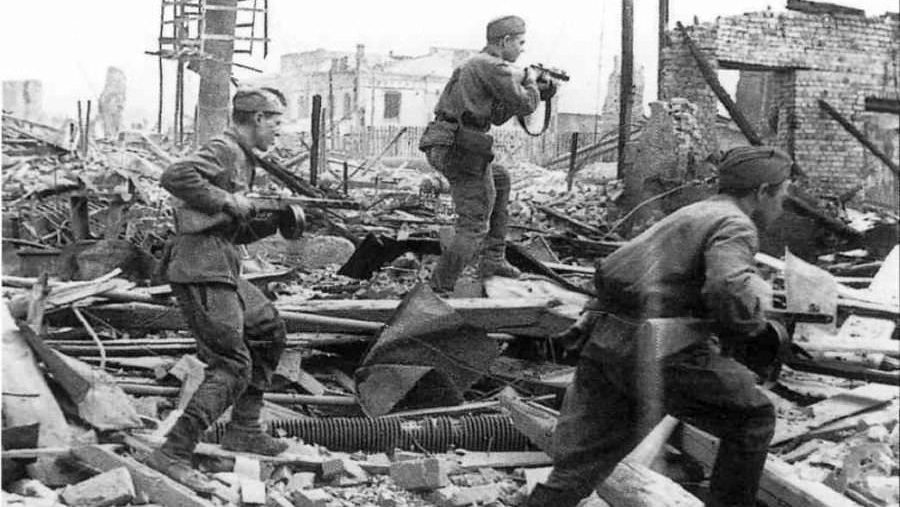
General History Quiz 48
The History Guild Weekly History Quiz.See how your history knowledge stacks up. Have an idea for a question? Submit it here and we’ll include it in a future quiz! Sign up to our Newsletter to get your weekly fill of History News, Articles and Quizzes
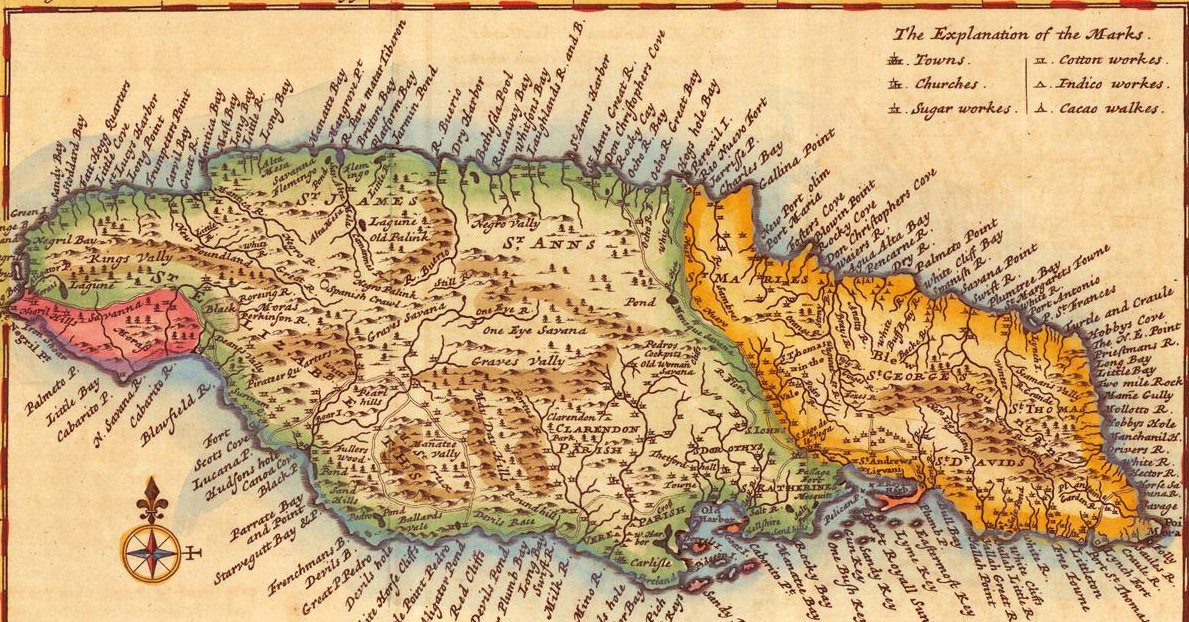
General History Quiz 187
1. In 1504 which island was Christopher Columbus marooned on for a year?
Try the full 10 question quiz.
The text of this article was commissioned by History Guild as part of our work to improve historical literacy. If you would like to reproduce it please get in touch via this form.

